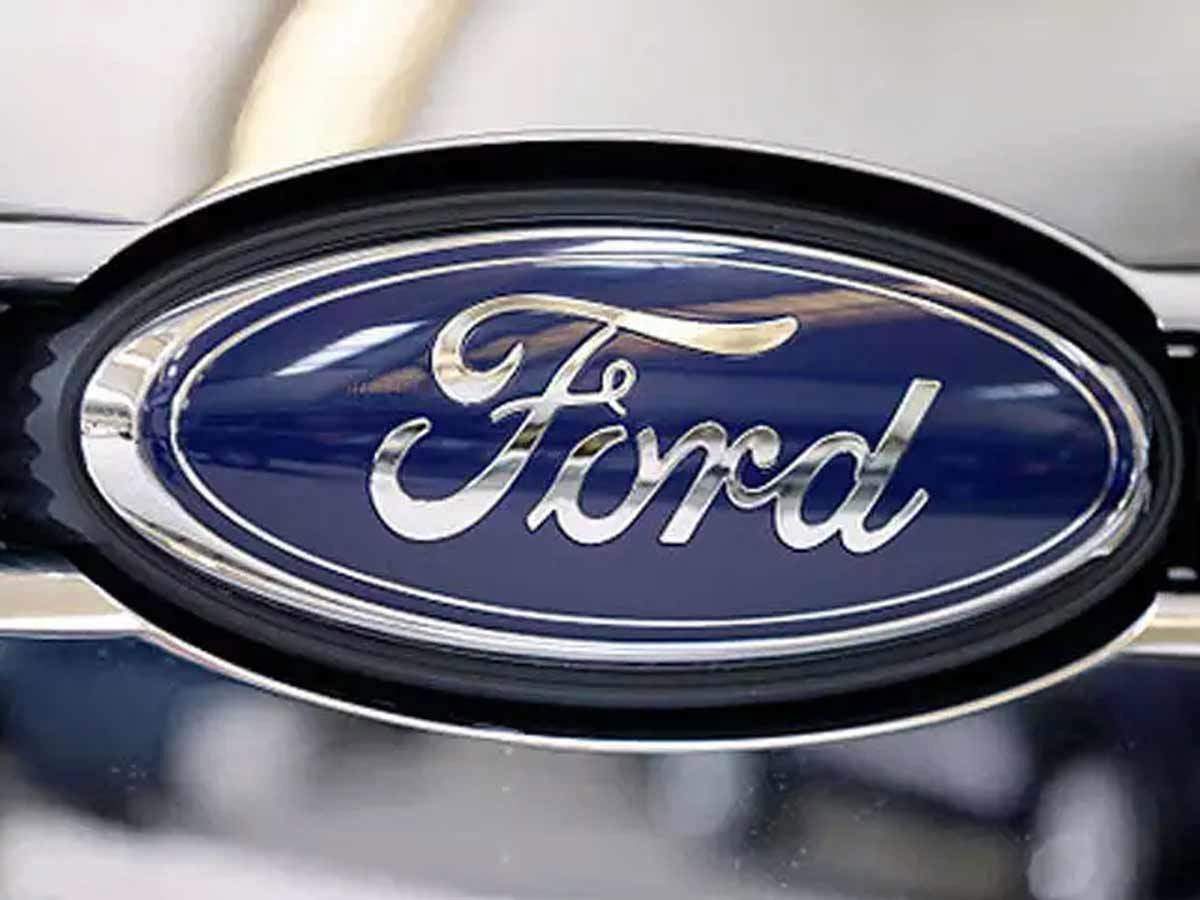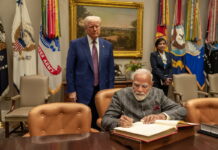Automobile manufacturer Ford India’s recent decision to stop manufacturing at its two plants has left more than 4000 employees and dealers in the lurch. Ford is not the first to quit India. Within a span of 5-years, GM and Harley have also stopped manufacturing their vehicles in India.
What are the inherent problems US automakers face in India? Seemingly, the main reason is their failure to understand the Indian market and under estimate competitors like Japanese, German and Korean players, who have been extremely successful in India.
American auto manufacturers don’t seem to understand long-term goals, when it comes to Indian market. They also failed terribly even in US, in the SC. Only when Chrysler revamped itself, under leadership of Lee Iacocca, that American automakers realize that something more could be done.
US automakers were at the top for more than 50 years. However, post late-70s Japan started to build affordable cars competing with US automakers. Later German car manufacturers also started to reimagine their positioning, introducing smaller and fuel-efficient cars, putting most US manufacturers to task. Later still, Hyundai the South Korean manufacturer took automakers around the world to rethink once again and surprised the industry with their products.
Ford India said it would expand its city-based Ford Business Solutions team and bring to market some of its global vehicles and electric SUVs. Ford India has two plants in India – one near Chennai and one at Sanand, Gujarat.It will, however, continue to provide customers in India with spare-parts, service, and warranty support.
According to Ford India, the company’s accumulated operating losses of more than $2 billion over the past 10-years and a $0.8 billion non-operating write-down of assets in 2019,has necessitated a restructuring, which is expected to create a sustainably profitable business in India.
Ford India said it took these restructuring actions after investigating several options, including partnerships, platform sharing, contract manufacturing with other OEMs, and the possibility of selling its manufacturing plants, which is still under consideration.
On the other hand, Tesla, another US automaker, is planning to enter India with its affordable EV program. Several domestic auto manufacturers like Mahindra & Mahindra are also looking to tie-up with international manufacturers. Suzuki Motors who had been a pioneer in setting up its collaboration with Maruti is also looking to expand its foothold in the EV market.
India’s demand is only going to increase and any manufacturer, foreign or domestic, needs to rethink their strategy and adjust to changing times. With a population of 1.3 billion and growing, India’s consumer market, driven by the growing aspirations of its middle class, is bound to grow exponentially.
Any manufacturer who intends to come to India for a short-term is likely to face the same fate as Ford, GM or Harley. However, there is still a large market Ford can exploit by exporting their vehicles to India, as there always will be a certain percentage of consumers, perhaps small but likewise also growing,who want to drive their cars.







